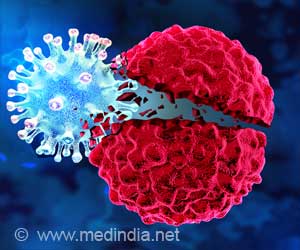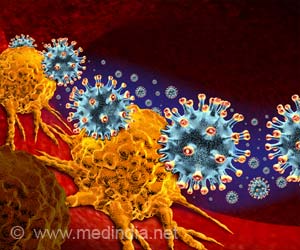New research reveals that genomic tests that determine the molecular subtype of a woman's breast cancer provide a more precise prognosis and valuable guidance about the best treatment.

"We found that molecular subtyping is better than traditional methods for determining the exact biological nature of a woman's cancer and therefore what is the optimal course of treatment that will provide the best outcome for her," said Dr. Cristofanilli, a noted medical oncologist. "We are now using these genomic tests and molecular subtyping in our everyday clinical practice. One advantage of this approach is that we can better identify patients who would most benefit from chemotherapy, and also those who do not need to undergo chemotherapy."
Chemotherapy risks include immediate side effects, discomfort, and long-term damage. Several studies have concluded that chemotherapy provides no real benefit for many breast cancer patients because of their cancer subtype and low risk of recurrence.
Genomic testing is part of the revolution in personalized medicine. The tests examine the activity of groups of genes within a cancer tumor, to provide a more comprehensive view of the cancer and treatment options. The four subtypes are known as Luminal A, Luminal B, Basal-type and HER2-type.
The MammaPrint test predicts how likely it is that a woman's breast cancer will recur. BluePrint then identifies the molecular subtype of her cancer and predicts tumor response to targeted therapies before and after surgery.
Study details
Advertisement
Researchers retrospectively analyzed 325 tumor samples from breast cancer patients whose age, survival and cancer pathology (IHC/FISH) findings were known. Median follow-up on those 325 patients was 10.2 years.
Advertisement
MammaPrint and BluePrint more accurately predicted what is known as distant metastasis free survival (DMFS) at 5 years in patients with the various subtypes, including Luminal A-type (best outcome) and triple negative tumors (worse prognosis). BluePrint revealed a different molecular diagnosis than IHC and FISH in all four subtypes of breast cancer:
- 20 out of 208 (10%) diagnosed as luminal-like by IHC/FISH were reclassified as HER2-type (n=7) and as Basal-type (n=13)
- 26 out of 52 (50%) diagnosed as HER2 positive by IHC/FISH were reclassified as Luminal A (n=5), Luminal B (n=13), and Basal-type (n=8)
- 14 out of 65 (22%) diagnosed as triple negative by IHC/FISH were reclassified as Luminal A (n=2), Luminal B (n=5) and Basal-type (n=7)
The SABCS conference is Dec. 10-14. Dr. Cristofanilli's poster ("MammaPrint and BluePrint in early breast cancer: Clinical implications of prognostic stratification and molecular subtyping" P2-11-23) was scheduled to be presented Thursday, Dec. 12 from 7:30-9 a.m. CT.
Source-Eurekalert













